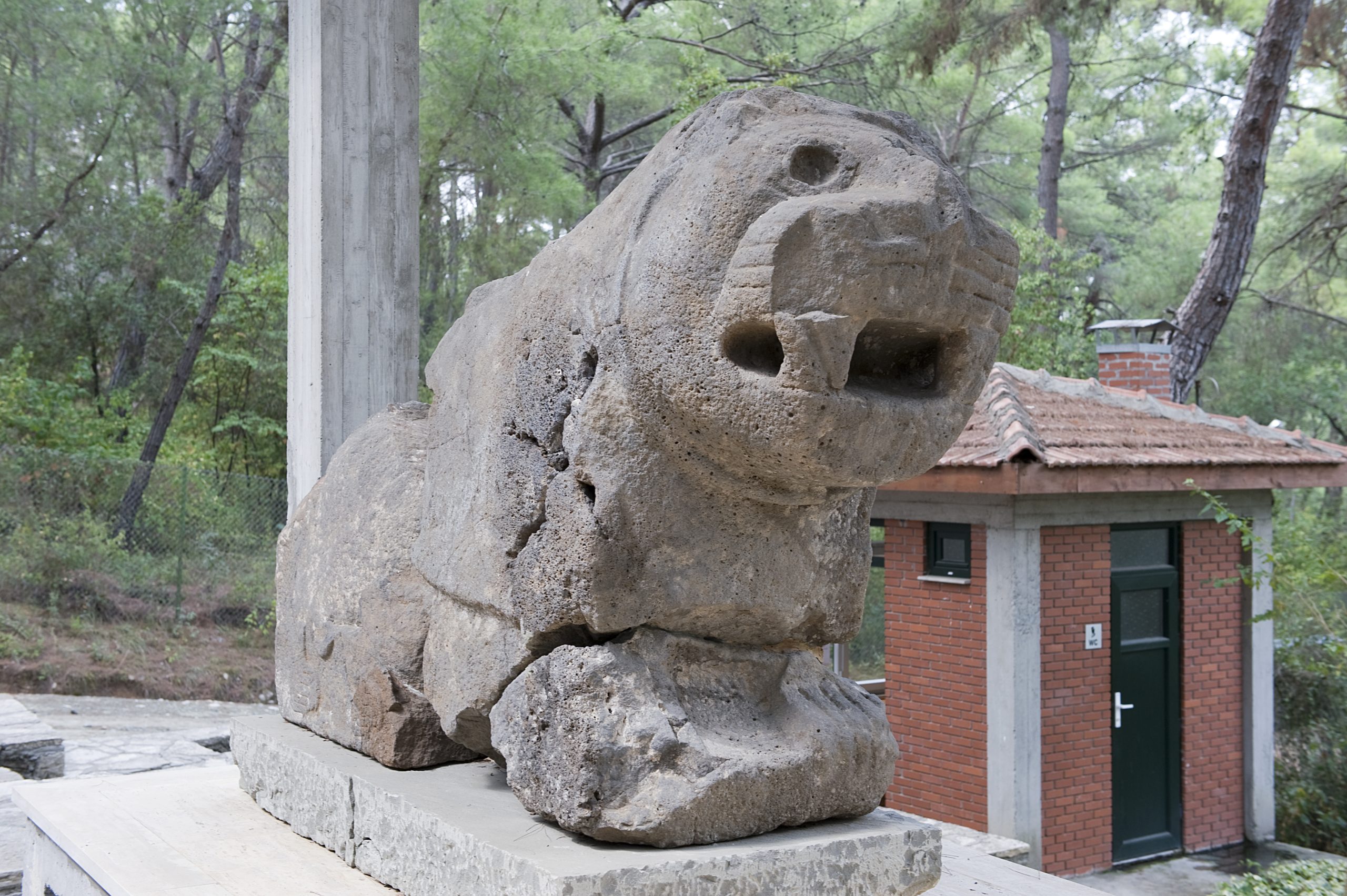Karatepe is an ancient site located in modern-day Turkey, known for its archaeological significance. It was a late Hittite fortress city, which rose to prominence in the 8th century BC. The site is particularly famous for the Karatepe bilingual, an inscription in Phoenician and Luwian languages that has been instrumental in understanding these ancient scripts. The discovery of Karatepe has shed light on the Neo-Hittite kingdoms that thrived after the fall of the Hittite Empire.
Get your dose of History via Email
Historical Background of Karatepe
The discovery of Karatepe was a milestone in archaeology. It happened in 1946, led by the Turkish archaeologist Halet Çambel and her colleague Helmuth Theodor Bossert. They unearthed a wealth of artifacts and inscriptions. The site was built by Azatiwada, a local ruler, as indicated by the inscriptions. It served as a fortress and administrative center.
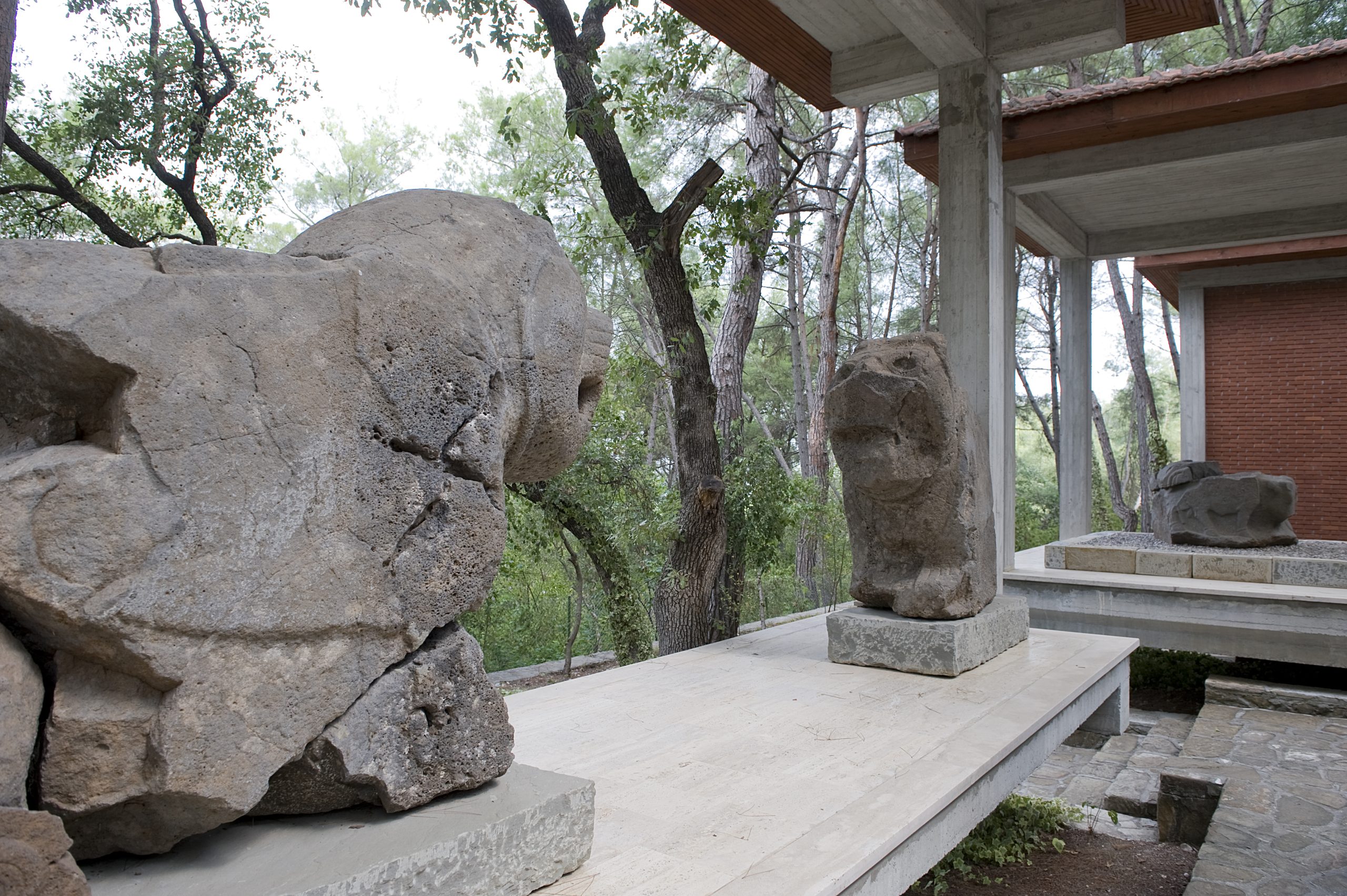
After its construction in the 8th century BC, Karatepe became a hub of activity. It was part of the Neo-Hittite kingdom, a successor to the Hittite Empire. The fortress city was strategically located, which helped it flourish. However, its prominence was relatively short-lived. It was abandoned by the end of the 7th century BC.
Later, the site was repurposed during the Roman period. Evidence suggests it was used for defense against pirate attacks. Karatepe’s strategic importance was thus recognized across different eras. The site also witnessed historical events, including conflicts and trade activities.
The fortress city was not just a military stronghold. It was also a cultural and religious center. The inscriptions found at Karatepe are a testament to the rich cultural milieu of the Neo-Hittite period. They provide insights into the languages, religions, and political life of the time.
Today, Karatepe is an open-air museum. It attracts scholars and tourists alike. The site continues to be a subject of research, offering new findings that enrich our understanding of ancient civilizations.
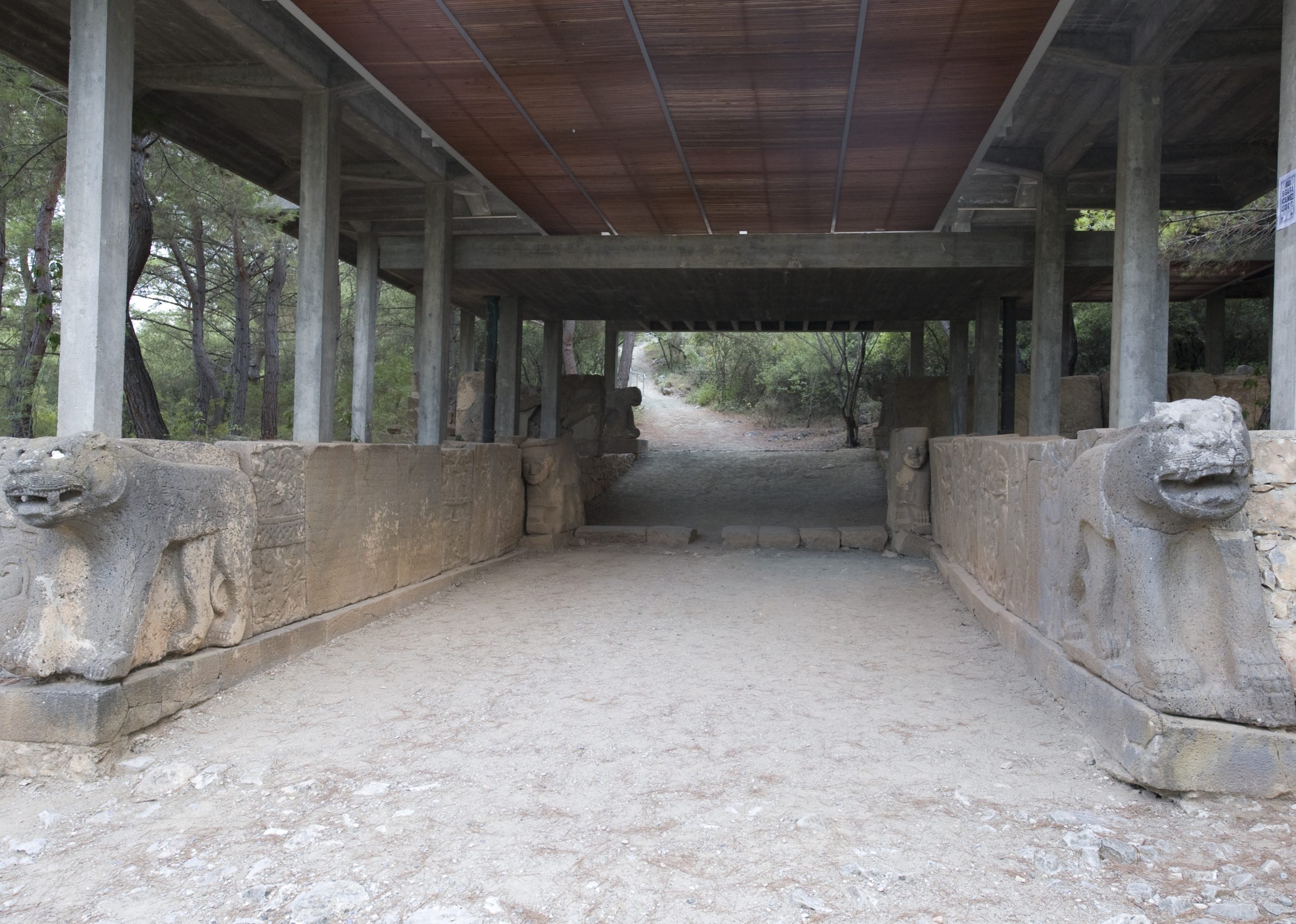
About Karatepe
Karatepe is a testament to the architectural prowess of the Neo-Hittite period. The site features impressive fortifications, including walls and gates. These structures were built using large basalt blocks. The craftsmanship is evident in the intricate stone carvings found throughout the site.
The most striking feature of Karatepe is the bilingual inscriptions. They are carved on statues and slabs, providing a dual-language text. This has been crucial for deciphering the Luwian language. The inscriptions also feature beautiful reliefs that depict gods, animals, and mythical creatures.
The main gate of Karatepe is particularly noteworthy. It is flanked by two lion sculptures, symbolizing power and protection. The gate leads to the inner fortress, where the ruler’s palace was likely located. The layout of the site reflects a well-planned urban design.
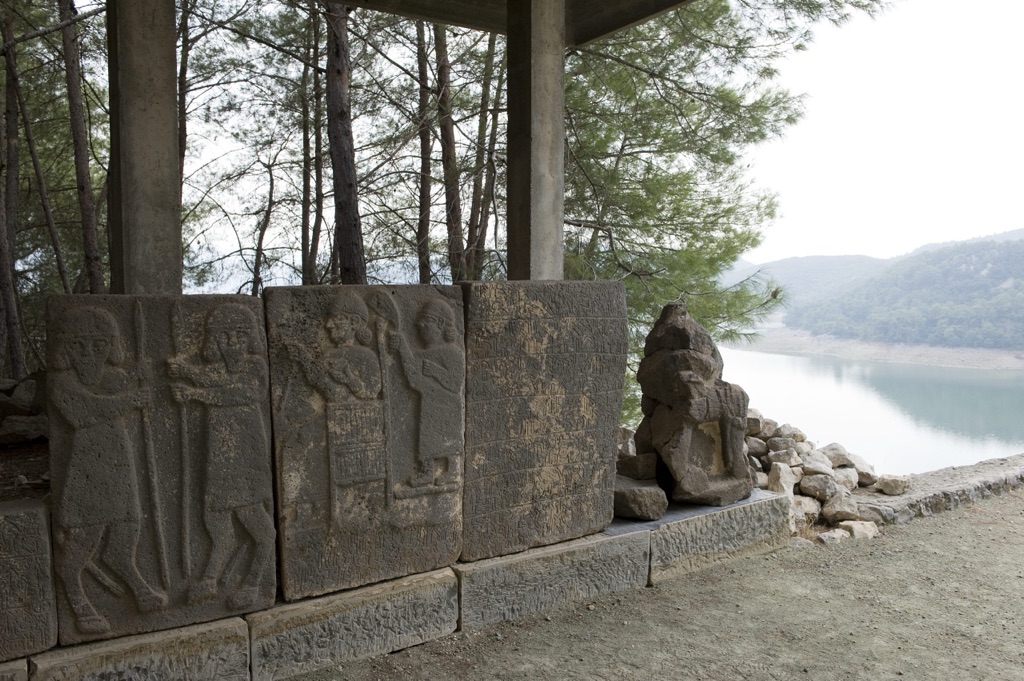
Excavations have revealed various artifacts, including pottery, tools, and ornaments. These objects illustrate the daily life and trade practices of the inhabitants. The materials used suggest a blend of local and foreign influences.
The conservation of Karatepe has been a priority. Efforts have been made to preserve the site’s integrity. This includes the restoration of some structures and the protection of inscriptions. The open-air museum allows visitors to experience the site’s historical ambiance.
Theories and Interpretations
Theories about Karatepe often revolve around its function and significance. Some scholars suggest it was a center of governance for the surrounding region. The inscriptions support this, indicating the presence of a local ruler.
The bilingual nature of the inscriptions has led to various interpretations. They have been key to understanding the spread of languages and scripts in the ancient Near East. The Phoenician script, in particular, is believed to have influenced the development of the Greek alphabet.
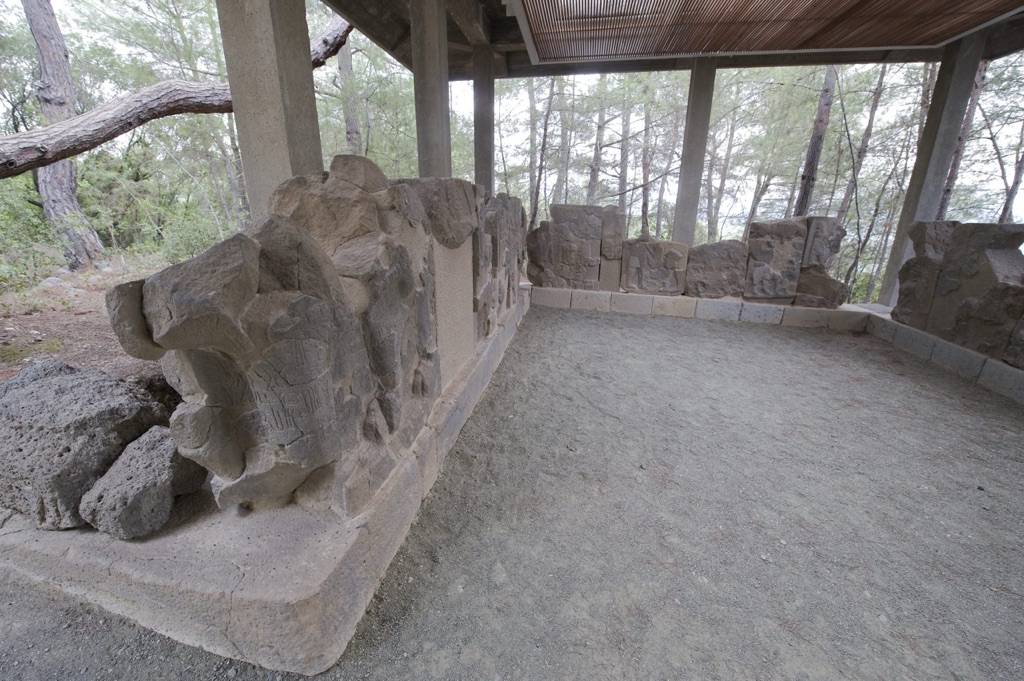
Mysteries still surround Karatepe. Some aspects of the site’s religious practices remain unclear. The depictions of deities suggest a syncretism of Hittite and Syrian beliefs. However, the full extent of these religious practices is still being explored.
Dating of the site has been carried out using stratigraphy and pottery analysis. These methods have confirmed the site’s occupation during the Neo-Hittite period. Further dating is ongoing to understand the site’s timeline more accurately.
The interpretations of Karatepe are continually refined as new discoveries are made. The site remains a rich source of information for historians and archaeologists. It provides a window into a period of transition in the ancient Near East.
At a glance
Country: Turkey
Civilization: Neo-Hittite
Age: 8th century BC

